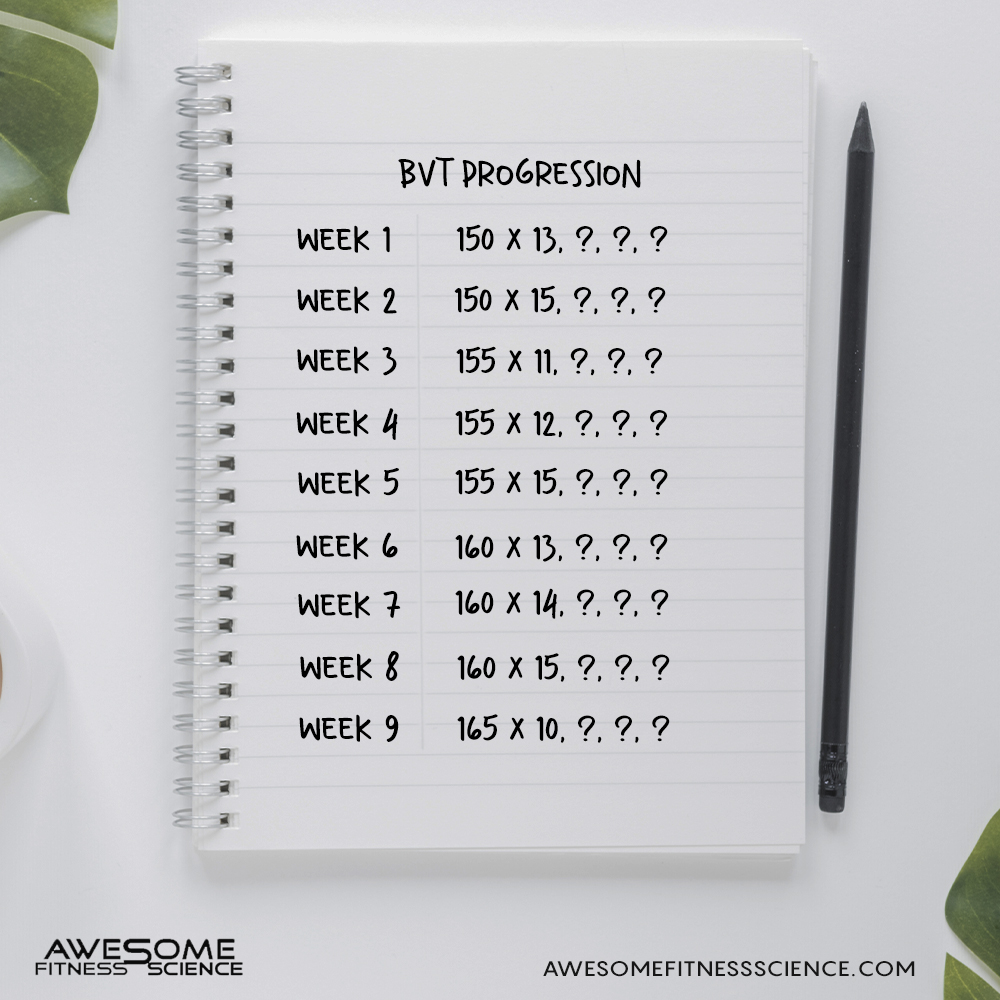
Intuitive Eating vs Tracking Macros – The Yin Yang of Nutrition
Intuitive eating is an eating style or eating philosophy where you eat in tune with your body’s hunger signals. This is similar to ad libitum eating which is defined as eating till desired.




